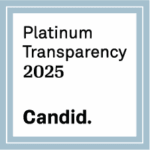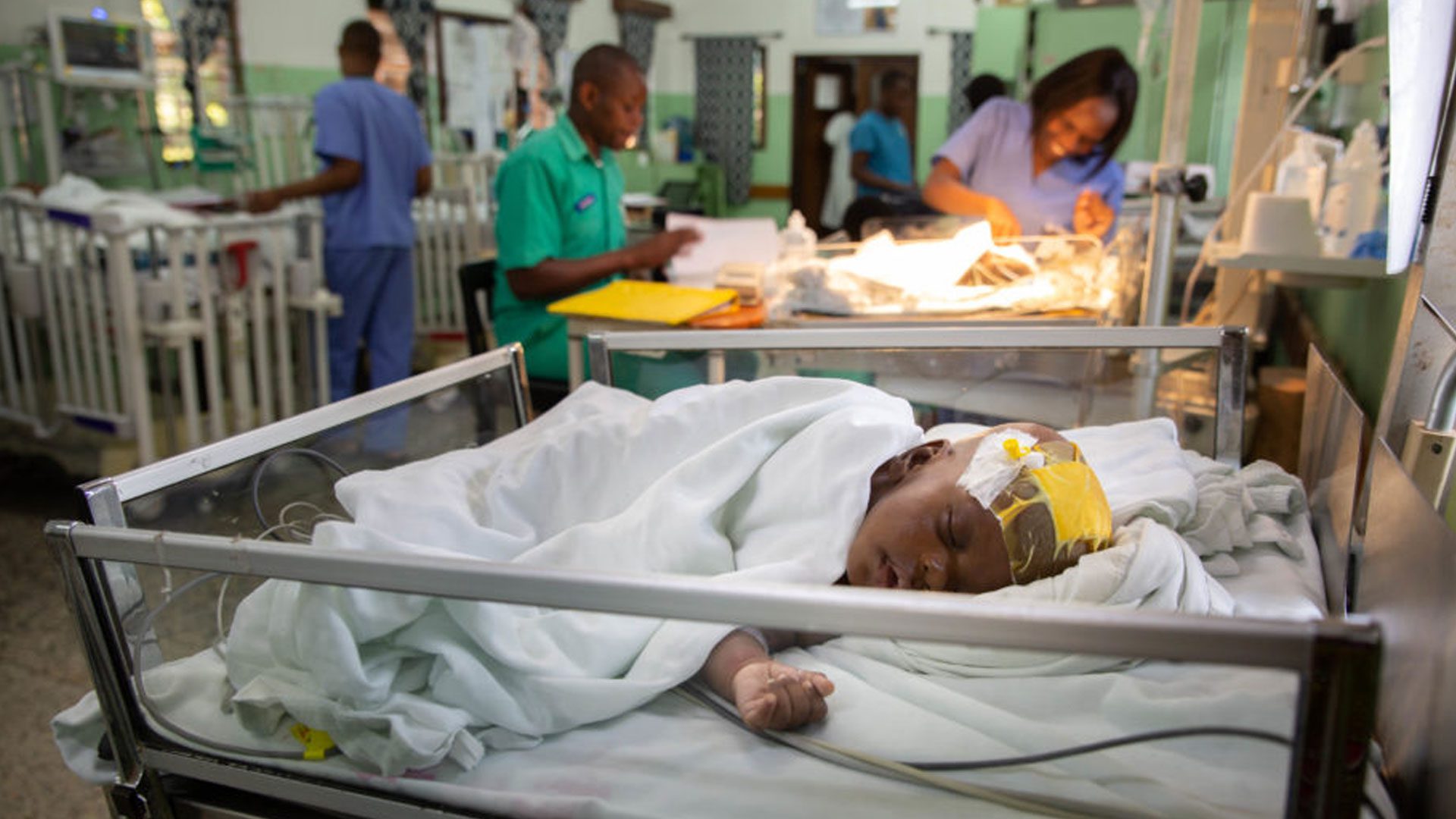Management of Dandy-Walker complex–associated infant hydrocephalus by combined endoscopic third ventriculostomy and choroid plexus cauterization
Abstract:
Object: Dandy-Walker complex (DWC) is a continuum of congenital anomalies comprising Dandy-Walker malformation (DWM), Dandy-Walker variant (DWV), Blake pouch cyst, and mega cisterna magna (MCM). Hydrocephalus is variably associated with each of these, and DWC-associated hydrocephalus has mostly been treated by shunting, often with 2-compartment shunting. There are few reports of management by endoscopic third ventriculostomy (ETV). This study is the largest series of DWC or DWM-associated hydrocephalus treated by ETV, and the first report of treatment by combined ETV and choroid plexus cauterization (ETV/CPC) in young infants with this association.
Methods: A retrospective review of the CURE Children’s Hospital of Uganda clinical database between 2004 and 2010 identified 45 patients with DWC confirmed by CT scanning (25 with DWM, 17 with DWV, and 3 with MCM) who were treated for hydrocephalus by ETV/CPC. Three were excluded because of other potential causes of hydrocephalus (2 postinfectious and 1 posthemorrhagic).
Results: The median age at treatment was 5 months (88% of patients were younger than 12 months). There was a 2.4:1 male predominance among patients with DWV. An ETV/CPC (ETV only in one) was successful with no further operations in 74% (mean and median follow-up 24.2 and 20 months, respectively [range 6–65 months]). The rate of success was 74% for DWM, 73% for DWV, and 100% for MCM; 95% had an open aqueduct, and none required posterior fossa shunting.
Conclusions: Endoscopic treatment of DWC-associated hydrocephalus should be strongly considered as the primary management in place of the historical standard of creating shunt dependence.























